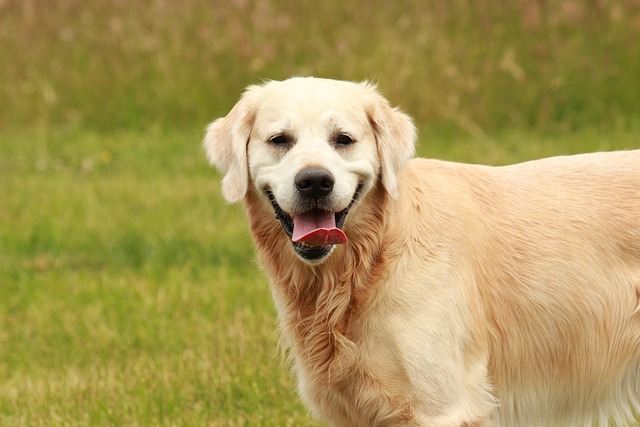
How do i train my dog to be obedient?
Watching your dog dart across the park ignoring your calls isn’t just frustrating—it can put them at risk near busy streets or public spaces.
Getting your puppy to respond to its name isn’t just about convenience—it’s a building block for safety, especially when you’re out in busy parks or near streets. Start when they’re relaxed, maybe after a nap or a short play session, in a quiet room with no distractions. Say their name in a bright, upbeat tone—think of how you’d call a friend over for something fun. The second they turn their head or look your way, reward them immediately with a tiny treat, a soft pat, or excited praise like “Good boy, Max!” Keep sessions short, just 2-3 minutes a few times a day, so they don’t get bored.
Once they consistently look up when you say their name at home, try it in slightly more distracting places, like the backyard while they’re sniffing grass. If they ignore you, don’t repeat the name over and over—wait until they’re looking your way, then say it and reward. This teaches them that responding gets good things, while ignoring means nothing (no scolding, which can make them wary of the name).
Always pair their name with positive experiences. Never call them over to scold them for chewing a shoe—that’ll make them hesitate to come next time. Instead, go get them if you need to correct behavior, and save their name for happy moments: mealtime, playtime, or cuddles. Over time, their name will become a signal that good stuff is coming.
 Timing is key. The reward needs to happen right when they respond, not 10 seconds later when they’ve wandered off. A small, soft treat (like a piece of cooked chicken or a training biscuit) works best because it’s quick to eat, so they connect the action (looking at you) with the reward. If treats aren’t handy, a big smile, a high-pitched “Yes!” and a quick pet work too—whatever makes them feel happy and noticed.
Timing is key. The reward needs to happen right when they respond, not 10 seconds later when they’ve wandered off. A small, soft treat (like a piece of cooked chicken or a training biscuit) works best because it’s quick to eat, so they connect the action (looking at you) with the reward. If treats aren’t handy, a big smile, a high-pitched “Yes!” and a quick pet work too—whatever makes them feel happy and noticed.
As they get older, start adding a short distance. Call their name from across the room; when they come, reward them extra. This builds up to coming when called, even from far away, which is crucial for safety—like if they dart toward a busy road. Remember, consistency helps more than intensity. Five minutes of daily practice will get better results than an hour-long session once a week.
It’s also important to keep their name simple—one or two syllables work best because puppies (and dogs) process sounds faster than long words. Avoid names that sound like common commands, too. “Kit” might get confused with “sit,” for example. Pick something easy, and stick with it—no nicknames at first, or they’ll get mixed up.
Every puppy learns at their own pace, so be patient. Some might catch on in a few days, others take a couple of weeks. If they seem frustrated, take a break and try again later. And remember, in many places, having a dog that responds to its name is part of being a responsible owner—whether it’s in public spaces where they need to stay under control or in emergencies where a quick response could prevent accidents. Training them to come when called isn’t just about obedience; it’s about keeping them safe and happy, and building a stronger bond between you both.

Watching your dog dart across the park ignoring your calls isn’t just frustrating—it can put them at risk near busy streets or public spaces.

New puppy owners often find themselves rushing to clean up accidents before they set in, and that’s where puppy pad training becomes a game-changer.

If you've noticed your dog's waistline disappearing and your veterinarian has mentioned those few extra pounds, your first instinct might be to simply reduce the amount of food in their bowl.

Training a dog to use a designated spot indoors isn’t as daunting as many new owners fear, but it does take consistency and an understanding of your pet’s needs.

That moment of dread on a walk is all too familiar for many new dog owners. You see another dog approaching down the sidewalk of your neighborhood

If the sight of another dog on your neighborhood walk makes your heart sink as your own dog erupts into a frenzy of barking and lunging, you're not alone.